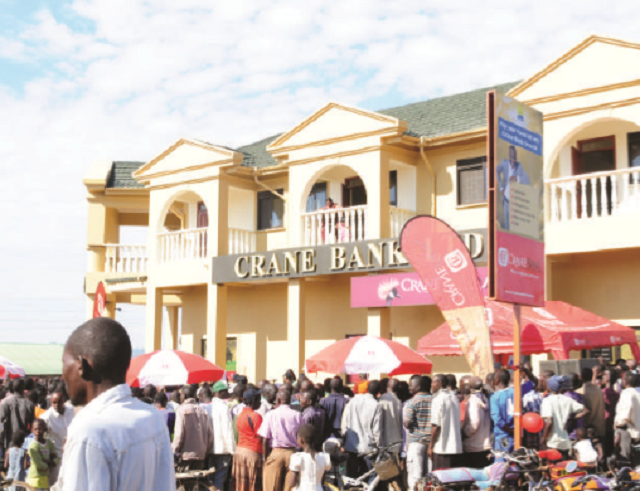
BoU cut its central bank rate from 13% in October to 12% in December to stimulate economic activities
As 2017 business starts commercial banks are optimistic that the sector will register a surge in profitability on the back of improving economy and a reduction in Non-Performing Loans.
Speaking to The Independent in exclusive interviews, top bank managers made it clear that this New Year will be generally better for business enabling banks to post better returns.
Patrick Mweheire, the chief executive officer at Stanbic Bank, Uganda’s largest bank, for instance, said the financial industry is now gearing up for a more robust phase of the economy. The economy is projected to record a 5% growth this financial year compared with 4.6% a year before, according to latest data from Bank of Uganda.
“With the election behind us and a looser monetary policy in place, we will see increased economic activity in 2017,” Mweheire said.
His comments came barely a fortnight when BoU announced a cut in the Central Bank Rate from 13% to 12% in December to lure banks to reduce interest rates to stimulate private sector borrowing and economic growth.
Samuel Odeke, the CEO at Commercial Bank of Africa said of prospects in 2017: “I am very optimistic that the banking industry will grow.”
Industry executives said they are encouraged by governments undertaking of several infrastructural projects arguing that the developments would in the medium to long term create multiplier effects that would help the other sectors of the economy to grow.
They cited the $20billion that will be invested in the country’s nascent oil and gas sector in the next three years saying the investments will have a much more trickle-down effect into the local corporate and small and medium enterprises and hence spurring economic activity.
Last year’s bank performance
Last year was generally a bad year for the banking industry as it chocked on bad loans leading to the reduction in profitability.
The worst scenario happened when one of the country’s leading banks, Crane Bank, was the worst hit hard; with its core capital wiped out by more than half, prompting BoU to take-over its management.
According to BoU, the NPLs to gross loans jumped from 3.8% in September 2015 to 8.3% in June 2016, but marginally declined to 7.7% in September 2016.
Bankers attributed the hike in NPLs to regional instability especially south Sudan and bad performance of speculative sectors like real estate – these failed businesses and borrowers [of these businesses] could not honor their loan obligations.
The average return on equity (ROE) and return on assets (ROA) declined from17% and 2.7% to 15% and 3% respectively.
However, as at the end of Sept. 2016, the total capital to risk weighted assets increased by 3 percentage points to 23% compared with 20% during the same period last year.
On a positive note, the BoU report described the sector as sound, citing favorable status of liquidity and capital buffers remaining well above the minimum requirement.
 The Independent Uganda: You get the Truth we Pay the Price
The Independent Uganda: You get the Truth we Pay the Price


